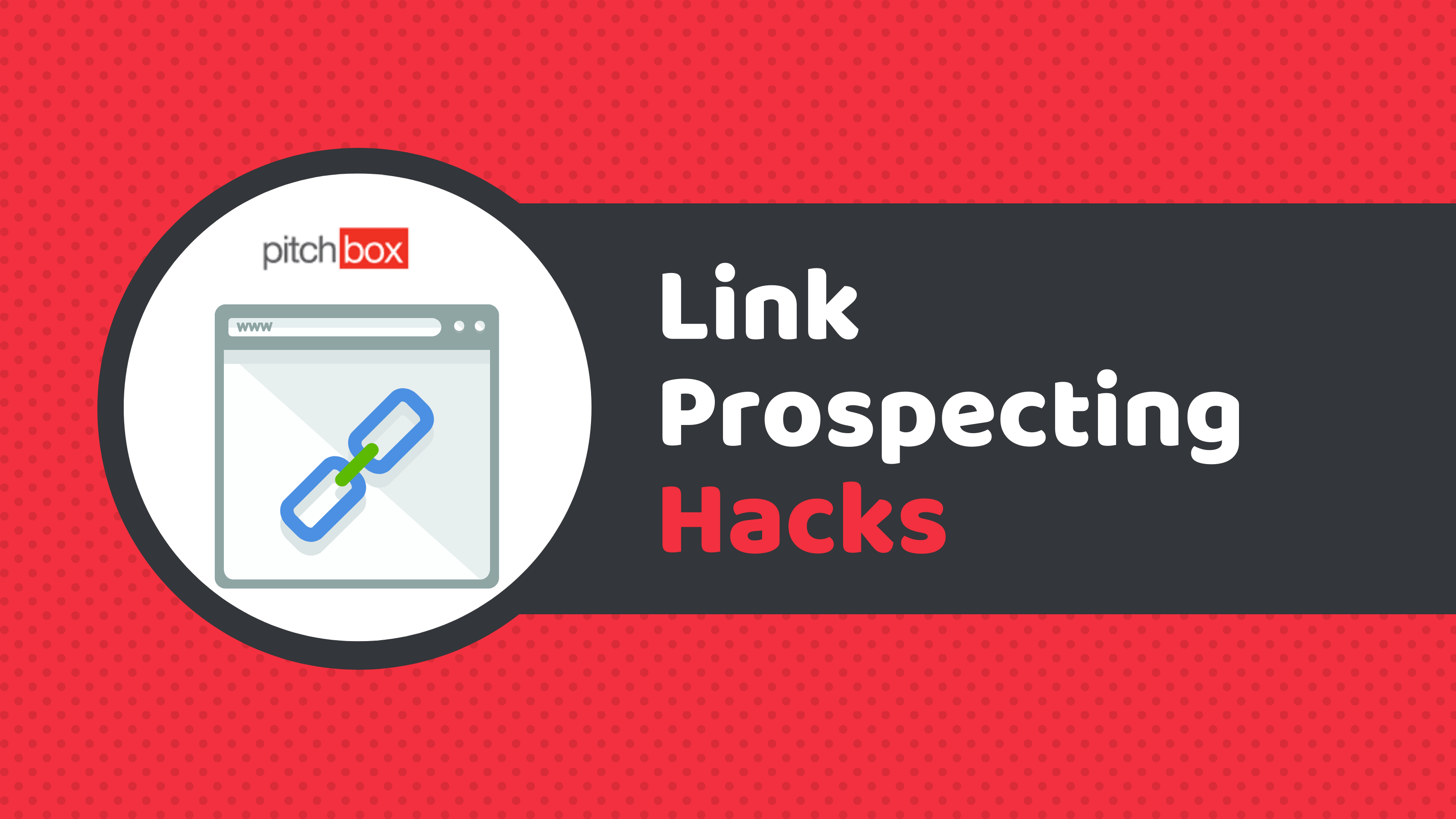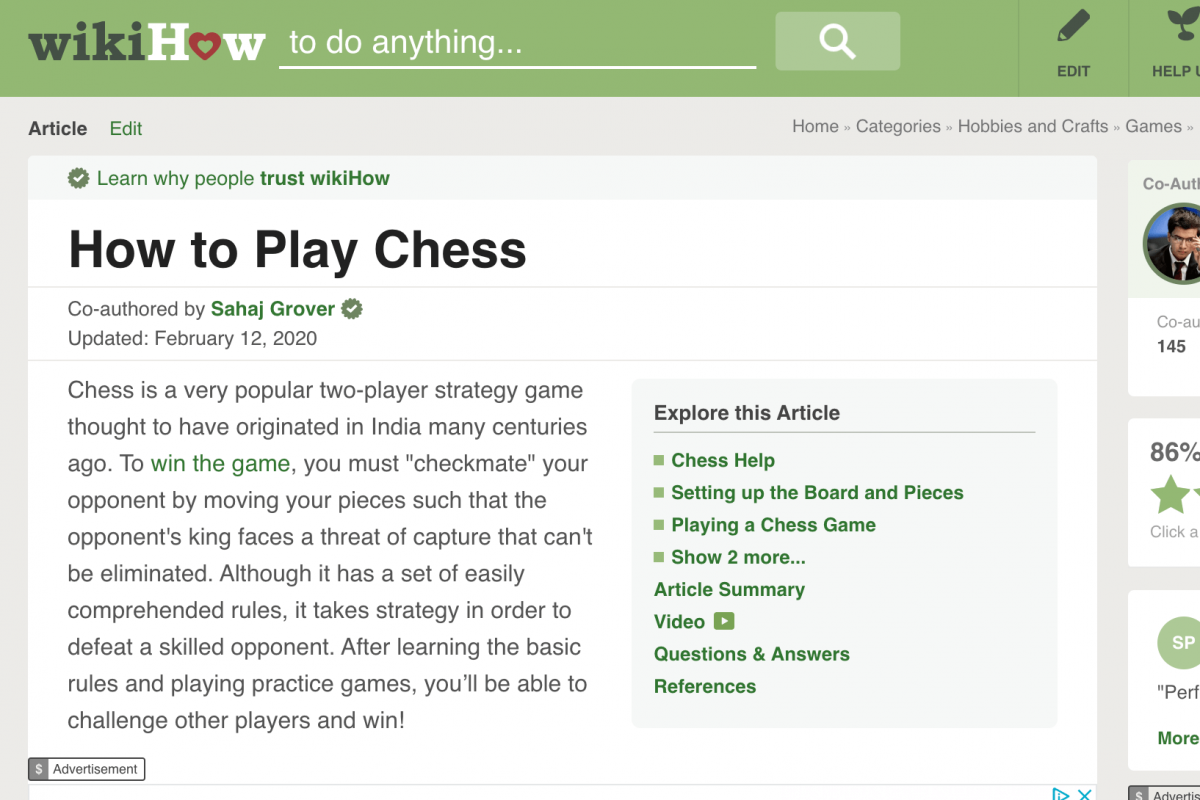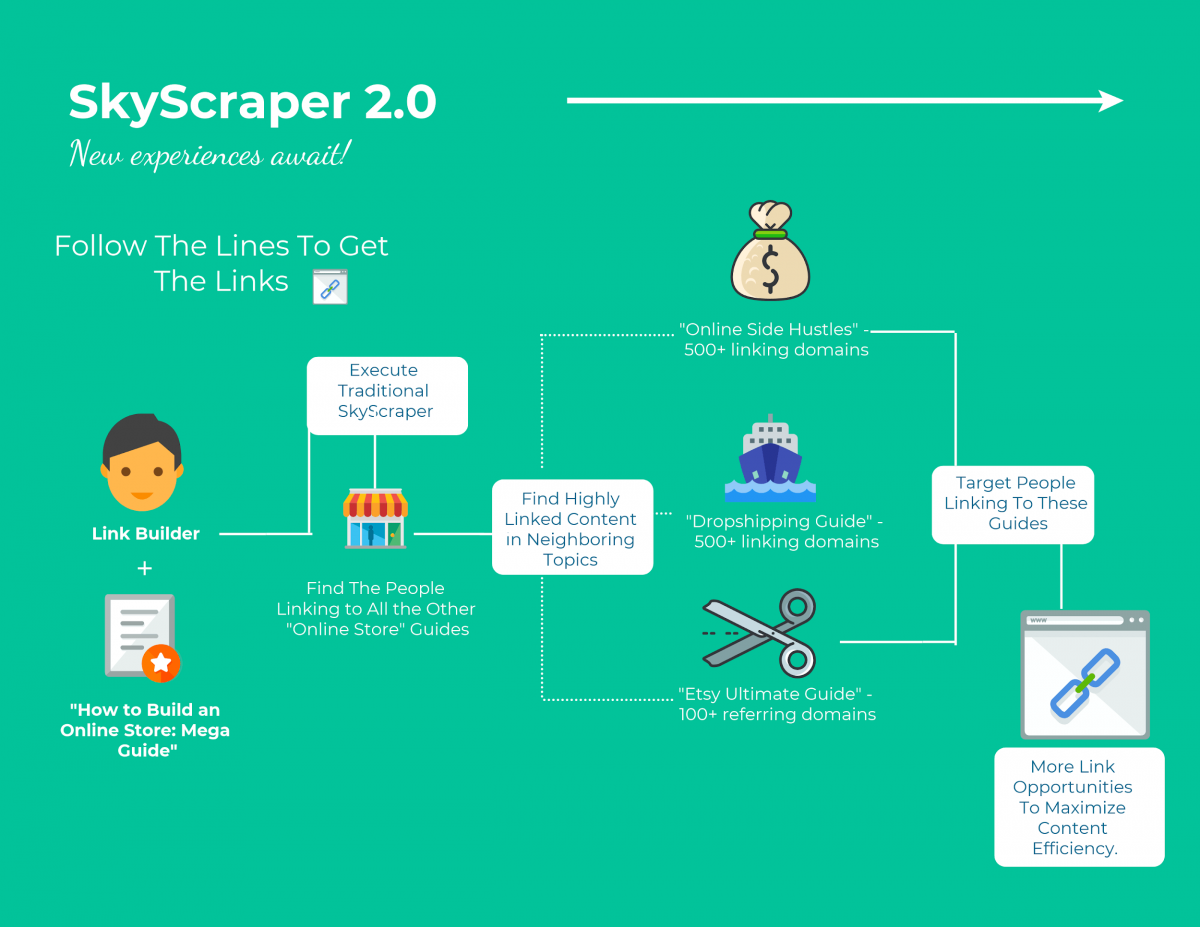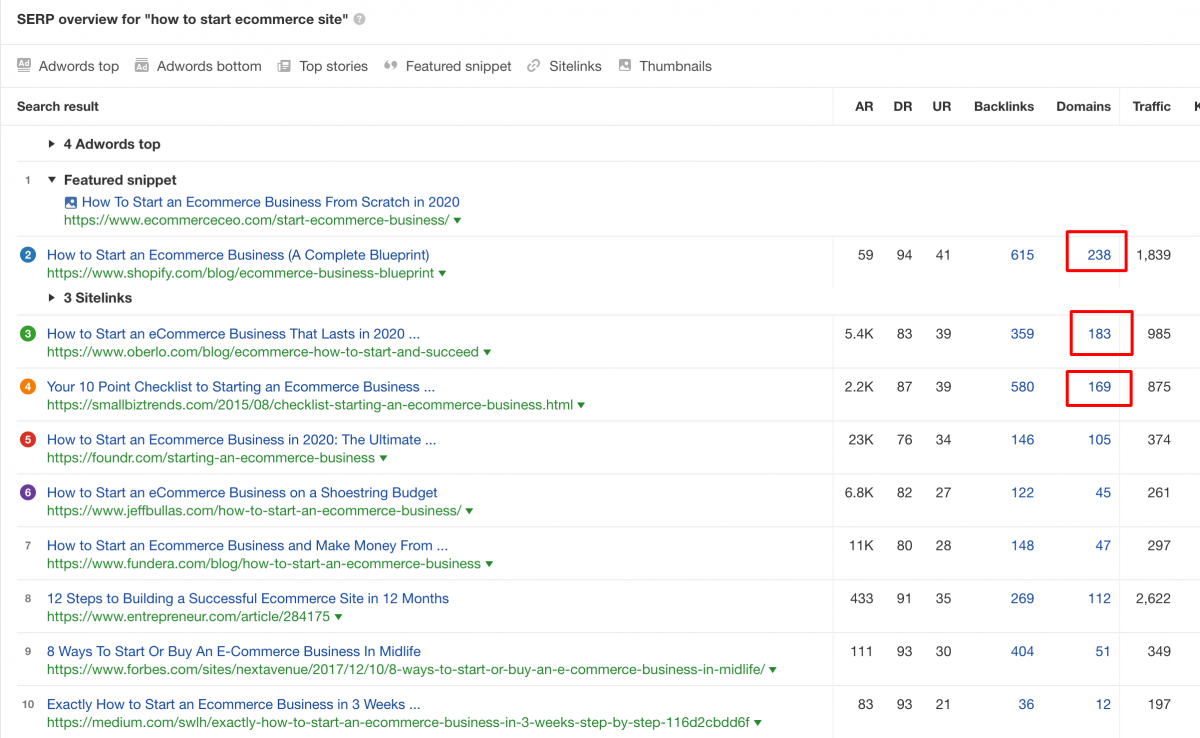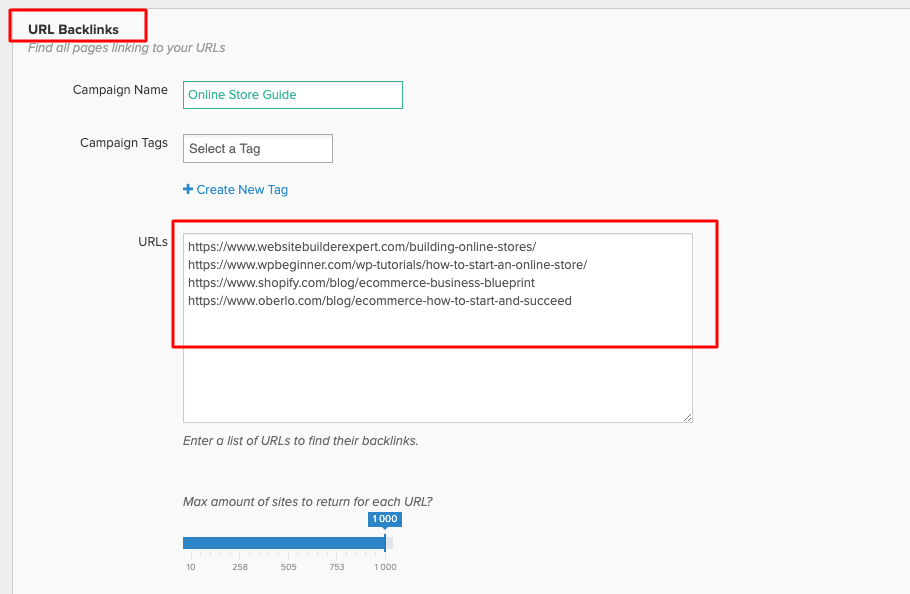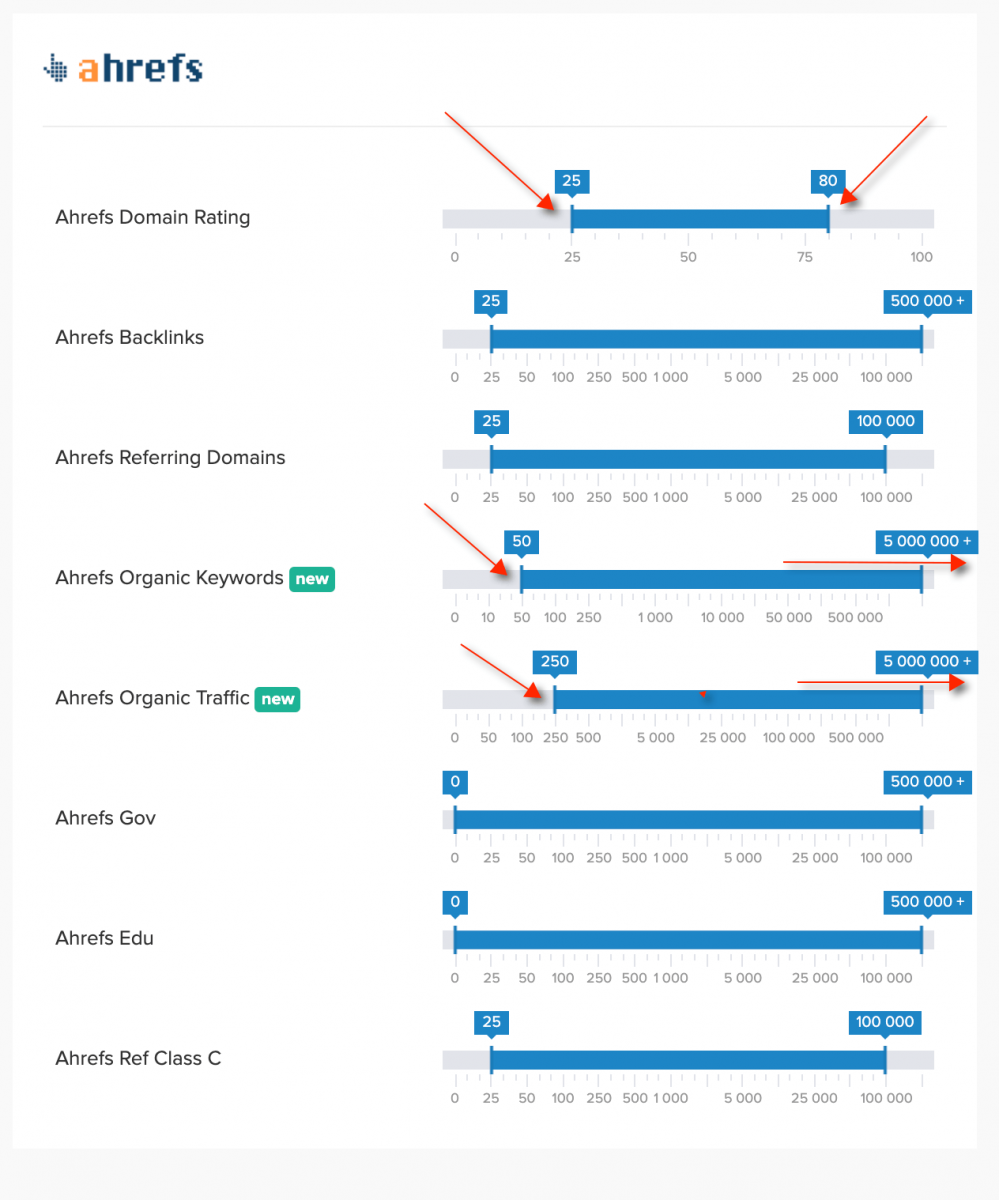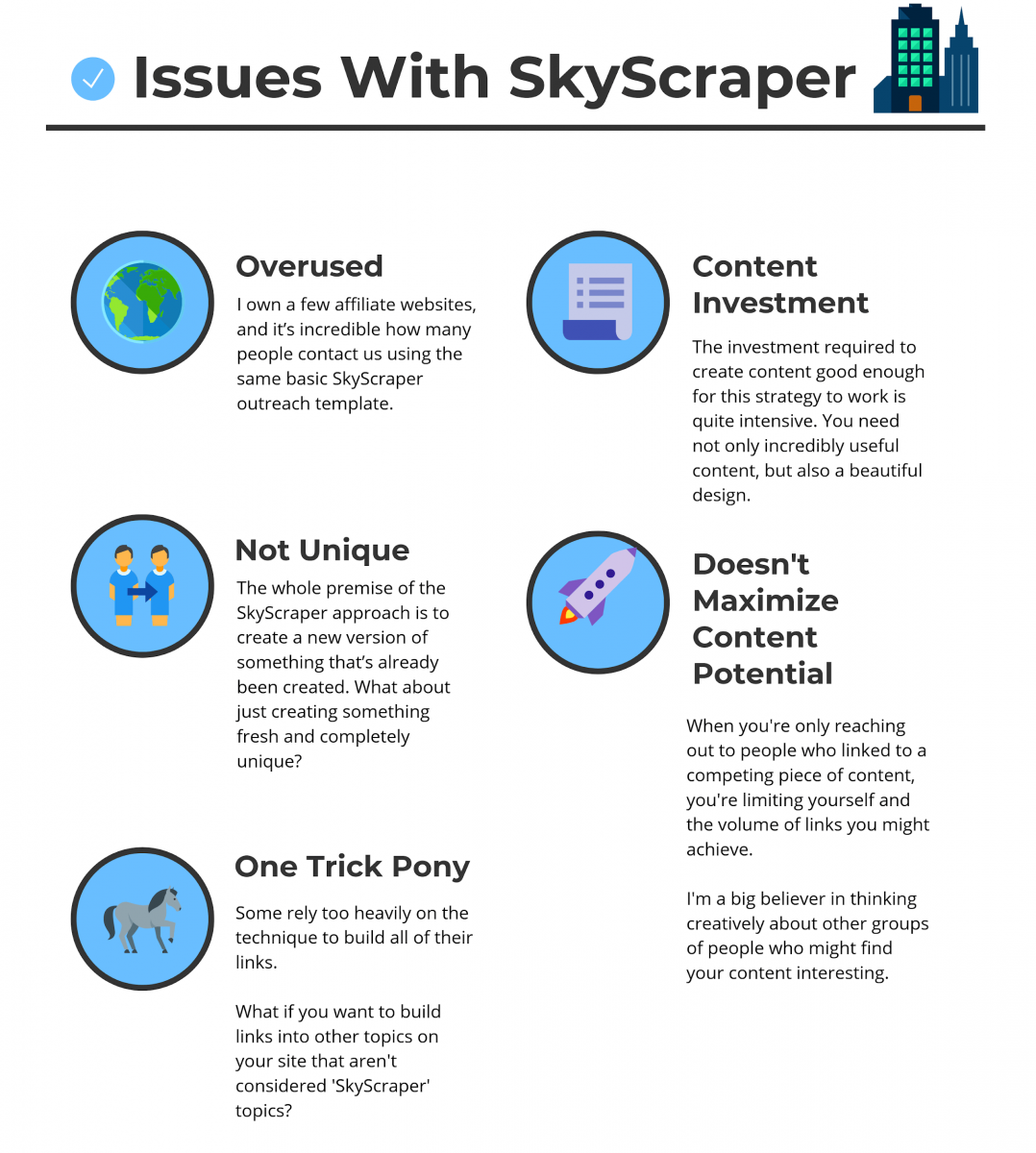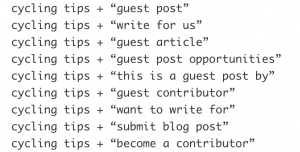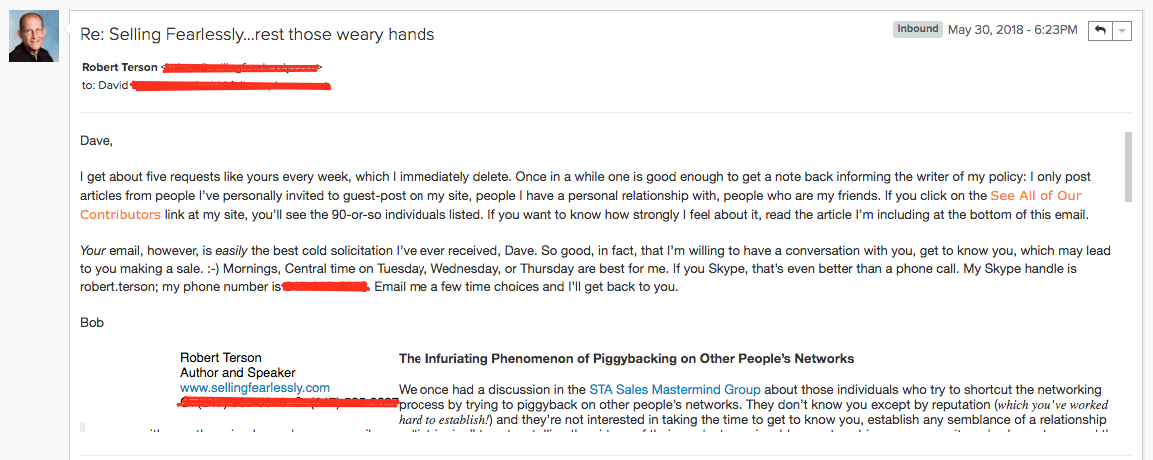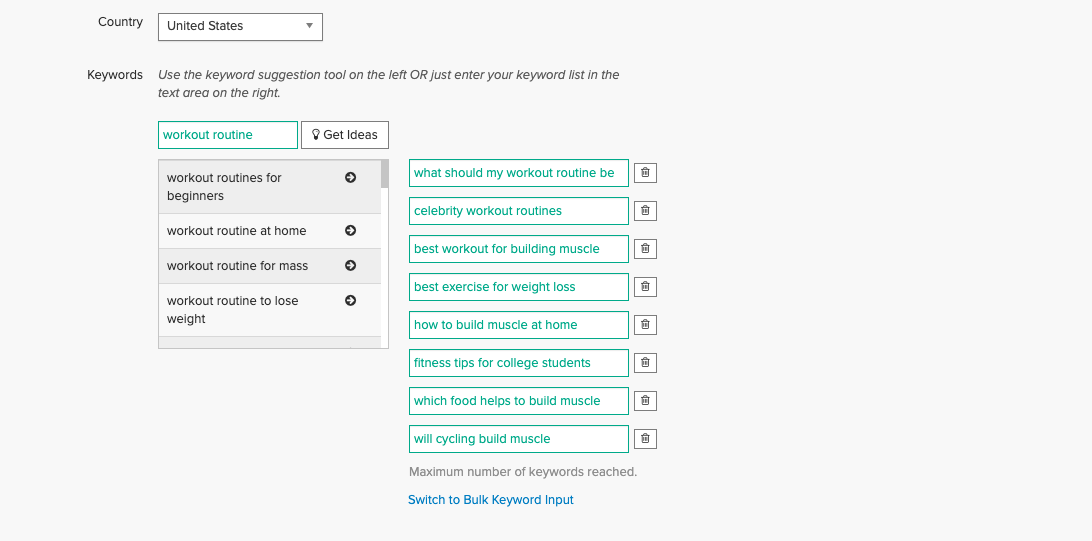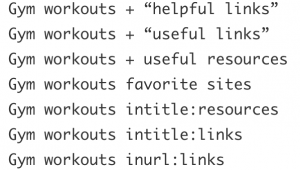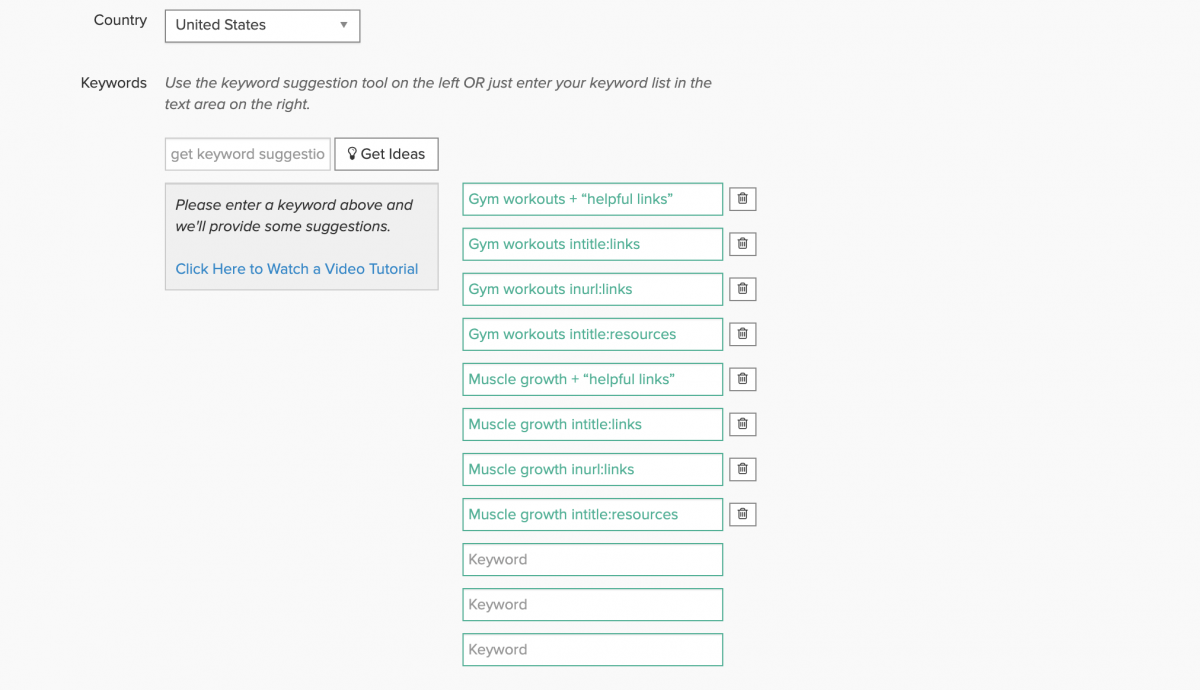Link Prospecting Hacks From An Agency
My name is Stewart Dunlop, and I own a link building services agency called LinkBuilder.io, where I help ambitious brands earn backlinks at scale.
Link building is tough, and prospecting is one of the most fundamentally important pieces of the puzzle.
Unfortunately, it is something that a lot of teams struggle with. They may have some outdated, preconceived notions about who they should target, there may be a lack of creativity, or even a healthy dose of laziness, all of which can lead up to a mess of a prospecting process with limited results.
So how do you find the most relevant people to outreach and how do you achieve that at scale with predictable results?
We’ll answer that by focusing on a few of our core link building strategies:
- The SkyScraper 2.0
- Guest Posting
- Resource Page Link building
This article will focus on leveraging the power of Ahrefs and Pitchbox to save literally hundreds of hours per month, whilst still maintaining quality.
But first…
What Makes a Good Link Prospect?
We need the person on the other end of our email to feel that our content is good enough to enrich one of their existing content pages or so damn good that they’re willing to dedicate resources into showcasing our content by itself.
To understand what makes a good link prospect, you need to understand the simple fact that links are a two-way street. Of course we are always looking to benefit our clients, but to build a link, we need to establish mutual value. So when we identify a good prospect, we need to feel that their content is good and relevant to our campaign and we need to make sure that when we reach out to them, they will think and feel the same about our offer.
5 Fundamental Questions to Ask Yourself:
#1 Does this site meet our metric standards? Of course, metrics aren’t the be-all and end-all, but they do tell us about the health of a website. Does the site get any traffic from Google? Do they have a good Domain Rating? Is the ratio of referring domains to linked domains very low, thus indicating a link scheme website?
Pitchbox automatically displays all of the key SEO metrics you could possibly want for prospects, including the recent addition of Ahrefs Organic Traffic:
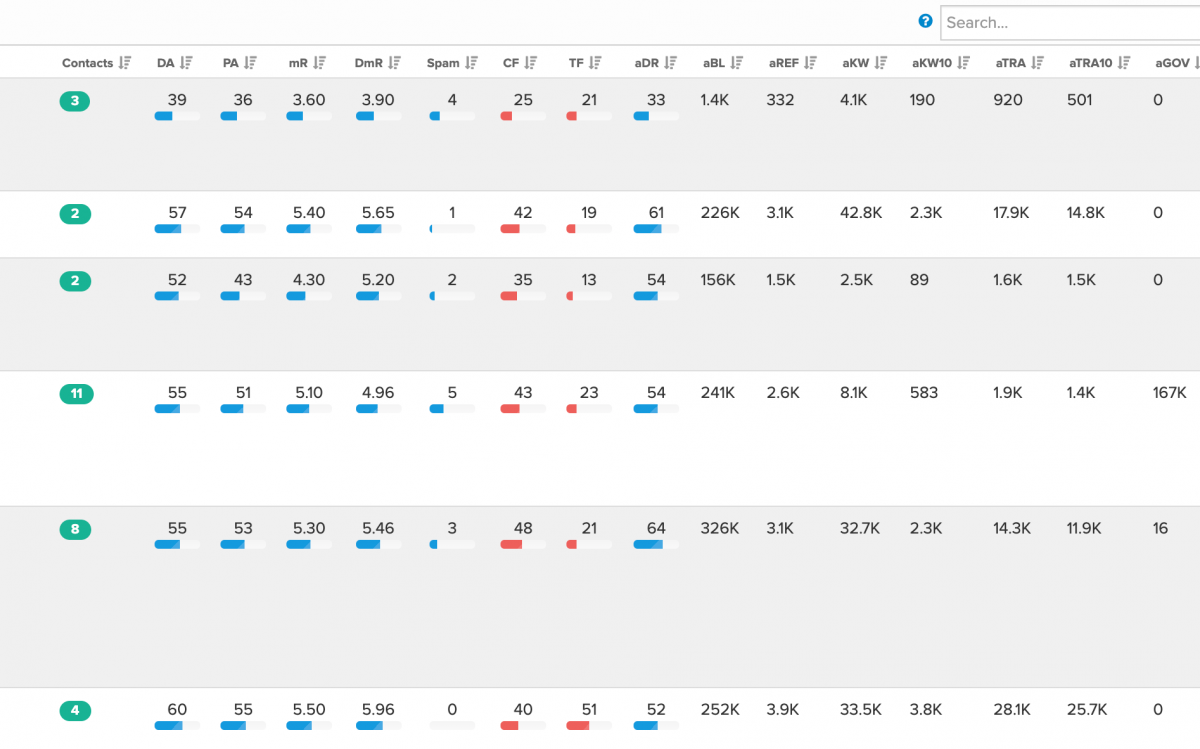
#2 Is the website or page relevant to us? Does it talk about similar topics and is our audience similar?
#3 Does the content I’m pitching cover some new piece of information that’s missing? Is it unique? Does it help their reader? Would it complement their content?
This is such a vital mistake that beginners make!
For example, if someone wrote a guide on “how to recover lost photos on an iPhone”, there’s no point in showing them a guide we wrote on the exact same topic. You’re not offering them or their readers anything new.
Links should be complementary and add value to the reader.
If I had a guide about “how to play chess” I would not show it to this website:
It’s just far too similar in nature and contains the same information. There’s no incentive or reason for them to link to our guide on the exact same topic.
But I would want to share it with this website…
I can recommend chess as a fantastic way of keeping your mind sharp, and they can refer their readers to my guide on how to play chess.
#4 Does this feel like the type of page that would link out to me?
❌ If it’s a forum post, there’s no way they’re going to link to you because these links are user generated.
❌ If it’s a sales page on someone’s website, they’re not going to divert their traffic away to another website and should therefore be avoided.
❌. If it’s a wiki page, it’s going to be user generated and nobody will respond to you. Just don’t spam these pages.
✅ If it’s a resource page linking to similar articles, then great!
✅ If it’s a blog post linking to other relevant articles, then great!
✅ If your link provides genuine additional information for the reader of that page, and an extension of knowledge, then great!
#5 When was the article published? Is it ever updated? This is key to understanding the likelihood of getting a link. The more recent and frequently updated, the more likely success may be.
The bottom line: We need the person on the other end of our email to feel that our content or pitch is good enough to enrich their website, whether that’s an existing post or a new piece of content.
This fact applies regardless of the content we’re pitching them — a data study, infographic, survey, calculator, how-to guide, guest post idea – Whatever.
Links Prospecting Hacks
Now we’re going to get into the actionable stuff.
I’m going to break this down into a few different strategies, which will focus on some classic methods of link building.
The SkyScraper 2.0
Firstly, I want to talk about what is often considered to be the most popular method of prospecting…
It’s one of the most effective methods of finding people who are likely to link to your content, for one very simple reason….
They’re already linking to a competing article on the same topic.
Many of us are very familiar with this process.
But I have a couple of strategies to help maximize the performance of any article we’re promoting using the ‘SkyScraper’ technique.
Here’s how we do it in 2 steps:
Step 1) Use the typical SkyScraper approach as you normally would and start reaching out to opportunities and promoting your new piece of content — Find all of the similar pages on your content topic, and export all of the people linking to them.
Step 2) Once you’ve exhausted those opportunities, start finding proven pieces of content in slightly adjacent topics.
We’ve found that instead of mining the backlinks of pages that are an exact match or very similar match to our topic, we find pages that have a slightly different angle.
Example in Action…
Let’s say we’re working on a link building campaign for WooCommerce (the eCommerce platform).
Using Ahrefs keyword explorer, we notice that content around setting up an E-commerce website gets insane numbers of links:
We therefore decide to create a wonderful new piece of content about “How to create an online store”.
As Per The SkyScraper Approach
We start by finding pages about setting up online stores that have an incredible volume of backlinks:
- WebsiteBuilder.com “How to Build an Online Store in 2020” arrow – 287 linking domains
- WPbeginner.com “How to Start an Online Store in 2020” – 394 linking domains
- Shopify.com “How to Start An Ecommerce Business” – 240 linking domains
- Oberlo.com “How to Start an Ecommerce Business that Lasts” – 169 linking domains
Sweet! We have over 1,000 link opportunities here already; sites that eagerly linked out to the article we want to compete with.
We can really quickly add all of these backlink opportunities to a campaign, using the power of Pitchbox.
Simply create a URL backlinks campaign, provided you’re connected to Ahrefs.
We just add all of our URL information in and we can also have Pitchbox filter by quality.
I recommend targeting sites between DR 25-80 with Organic Traffic >500 to weed out any spam sites and avoid contacting huge hitters like Forbes or MSN.
Remember to max out the settings for stuff like Moz homepage authority, DA, Organic Keywords and Organic Traffic. We use Ahrefs DR, so we could potentially turn off Moz metrics completely if we don’t need them (go to Settings –> Integrations).
We’re quite strict with our quality metrics, but you can open those up wider to get more opportunities.
In this example, we have almost 200 opportunities just using our regular SkyScraper approach. If we stopped prospecting right now, undoubtedly we would get some success with our campaign, provided our content was good enough.
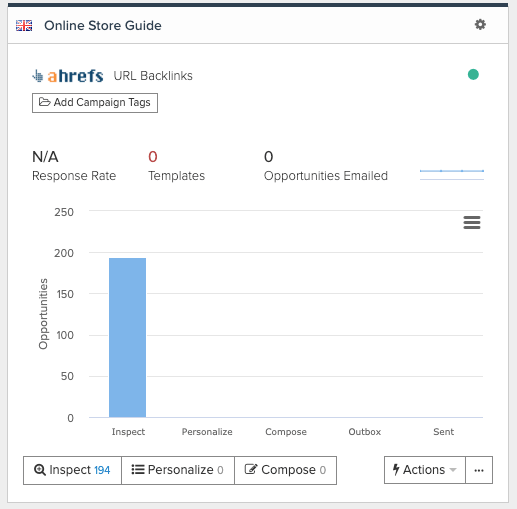
But we want to push the boat out further and we want to locate other people who would benefit from our guide.
That’s Where SkyScraper 2.0 Comes In
Using this approach, we start finding pages that are connected, but not exactly on the same topics.
I recommend brainstorming a list of potential topics that align nicely with your core topic.
Neighbor Topic Ideas To Building an Online Store
- Selling online
- How to start an online business
- Dropshipping
- How to make money online
- Side hustles
- How to sell on Etsy
- How to sell on Ebay
- How to sell on Amazon
- Find product niche
- Shopify guide
- WooCommerce guide
I recommend plugging variations of these search terms into Ahrefs Keywords Explorer to get a SERP overview for your keyword. This will help you to find SkyScraper opportunities in similar topics.
See below:
Here’s a few examples:
- Shopify.com “The Ultimate Guide on Dropshipping” – 580 linking domains.
👉 It’s essential for people learning dropshipping to create an online store. - Ryrob.com “How to Make Money Online” – 189 linking domains.
👉 People looking for ways to make money would love an actionable guide on setting up an online store. - Entrepreneur.com “50 Side Hustle Ideas” – 610 linking domains
👉 Again, E-commerce is a viable option for people looking to earn from a side hustle. Most of the pages linking here are relevant. - ThePennyHoarder.com “How to Sell on Etsy” – 79 linking domains.
👉 Talented people sell their stuff on Etsy – Setting up their own store is the next natural progression for Etsy sellers.
Rinse & Repeat
Now, we repeat the same process we used above to build another Pitchbox campaign.
💡 Pro Tip: I would recommend splitting those out into different campaigns — The message we send to people linking out to a dropshipping guide is going to be slightly different to the message we send to people linking to an article on side hustles.
With our example, after uploading link opportunities from these sources and removing any duplicate websites, we now have an additional 213 backlink opportunities! 🎉
We’ve tested this on quite a few different projects now, and the results speak for themselves. The outreach approach is better as well, because we can say things like, “You mentioned a guide on dropshipping. We put together a detailed guide to help budding dropshippers create a sick online store”.
Most importantly, by using this method we’re maximizing content efficiency, while increasing our likelihood to rank for that content.
More link prospects = more links = better chance of ranking that page 🚀
Even if links are our primary goal, we’ve found our ‘link win rate’ to be just as good by targeting prospects from neighboring topics.
With this approach, you’re still finding “likely linkers” who have gladly linked out to other content, but instead of showing them an updated piece of content on the same topic, you’re now showing them a piece of content that can add value.
You don’t have to just mindlessly follow the tenets of the SkyScraper approach. You can think outside the box whilst still being efficient with your prospecting work.
My Beef With The Traditional SkyScraper Approach
Firstly, I want to mention that I’ve used this strategy lots of times in the past and had incredible success. We still use this strategy for many clients and it still works wonders.
However, I do see a few issues with it at this point, which may prove unpopular….
It’s for these reasons that I respect people like Ross Tavendale, who creates completely original, unique content that attracts tons of links from big news sites.
It’s absolutely possible and profitable to attract amazing, free inbound links without following the conventional SkyScraper approach.
Bottom line – Get creative with your content, and get creative with your prospecting 💡
Guest Posts
One of the easiest and most scalable methods of link building, since it’s often a phenomenal way of building links directly to pages that are trickier to earn links to via outreach campaigns (e.g. Commercial pages and sales pages).
Now most people use tried and tested search operators for guest posting, with the use of major keywords in their industry.
For example…
There are a few problems with this approach however….
- Nowadays, savvy bloggers optimize their guest post pages – Whenever you use these major, single keyword search terms in combination with an operator, you’ll miss out on a ton of relevant opportunities. One of the big reasons for this is that some people out there are clever — they will optimize their contributor pages in order to ask you for money when you try to pitch a guest post. This is why if you use keywords like ‘business’ or ‘finance’ with these search operators, you’re pretty much going to have to pay for every guest post placement out there.
- You’ll miss out on tons of opportunities – Google isn’t perfect, and it’s not going to display every guest post out there which is tied to ‘cycling’ or whatever keyword you used.
- My Favorite Secret…many sites don’t openly advertise guest posting – This is a lovely little secret we’ve learned. Often if your pitch is strong enough and relevant to their content, they’ll still let you contribute. More often than not, the quality of these sites is much higher and the content less diluted by other guest posters. In addition, they will rarely ask for a chunky payment for the privilege of contributing, but even if you’re in a niche (like gambling) where payment is the norm, then I’d still recommend this strategy because you’re going to have a fresh list of untapped sites.
👆 Sales blogger accepting a strong guest post pitch of ours who would otherwise normally reject.
We know all of this for a fact, because we tested it.
The Solution?
1. Try more long-tail variation in your searches, and drop search operators – Use Pitchbox’s keyword ideas function. This will give you a lovely blend of different keywords to search for. Ideally, you’ll have something with 3 or more words involved.
Examples:
These could all be great keyword searches for a sports nutrition brand. They’re varied, long-tail searches that will give us a ton of relevant blog ideas for outreach.
We love using the Pitchbox blogger outreach campaign tool to accelerate this process. You can compile a fresh list of link prospects in minutes. PItchbox deduplicates the list so that you don’t accidently reach out to the same sites within your campaign or to sites where you have established relationships from other existing campaigns. It also discovers contacts at the same time and if you’ve ever had to manually search for contacts or use multiple tools for contact discovery, you understand how time consuming this can be.
I’ve put together a video guide showcasing how you can use the tool for maximum efficiency to uncover targets.
2. Piggy-back your direct and indirect competitors – This method is just so easy it almost feels unfair. Find major players in your industry or umbrella of industries and scan their backlink profile for obvious contributions. Many of them will be actively guest posting, but you will need to develop an eye for spotting these.
💡 Pro Tip: The best thing to look out for is where they have links into more commercial pages, since those are often either paid or unpaid guest post contributions.
3. Find blogs in other industries to ‘bridge the gap’ – This strategy is used a lot less. It’s a fantastic strategy in tough industries like finance where it’s just very hard to get a lot of opportunities without paying through the teeth.
A few examples:
- For a credit card comparison site – Contact student or education blogs to offer an article about intelligent spending for college students.
- For a loans company – Contact startup and entrepreneur blogs to offer an article about the importance of cash flow and expenditure in new businesses.
- For a real estate company – Contact sales and marketing blogs to offer an article on incredible strategies being used in the real estate space (I’ve personally used this one, and it worked a charm).
- For a law firm – Contact business blogs to contribute something about copyright law or intellectual property. Many businesses are severely lacking in legal knowledge.
💡 Pro tip: SaaS companies with blogs in any industry are great targets for guest posts, provided they aren’t direct competitors. Case in point would be this guest post I’m writing on Pitchbox!
Think outside of the box – Who else from outwith your immediate industry might like to see your content? Can your particular area of perceived expertise offer value to those people?
Both of these techniques will give you the best of both Worlds – you can piggyback the best links your competitors have gained and also target untapped websites of a higher quality.
Resource Page Link Building
It’s generally best to build links from resource pages when you have some kind of educational, evergreen content resource. If your content is overly promotional or thin, you’re not going to have much luck with this method.
The classic, traditional method of finding link opportunities for resource pages is to use a few effective search operators to locate relevant web pages.
For example…
They will generally pull up relevant results, and instead of sitting on Google and pulling these opportunities up one by one, you can use Pitchbox to automate the entire process for you, with the benefit of setting any required quality metric filters like minimum DR, minimum organic traffic, etc.
You’ll want to rinse and repeat this for a number of different search variations that make sense for you. So if we’re promoting a website/article in the gym space, then you’ll want to explore using keywords like fitness, exercise etc.
Resource Page Competitor Hack
There’s another awesome ‘hack’ method of resourcing for prospect pages, which my friend Eric Carrell of Dofollow.io showed me.
- Make a list of 2-3 huge, authority websites in your niche. These can be Government websites, provided they all focus on your topical niche.
- Plug them into Ahrefs and then filter to find backlinks coming from ‘links’ or ‘resource’ pages — literally add these keywords into the Ahrefs filter tool.
- Voila! Now you have a ready-made list of hundreds (and sometimes thousands) of resource pages in your niche who you know link to external websites.
Here’s a video of this trick in action…
Key Tools & Resources To Use
It’s essential that you use some of the resources and tools listed below in order to accelerate your link building campaigns. Honestly, we save literally hundreds of work hours per month by utilizing everything these tools have to offer.
- Ahrefs
- Keyword explorer – Explore keywords in your niche & quickly find out how many backlinks the top ranking pages have. Good for finding SkyScraper opportunities.
- Content explorer – Explore highly linkable and shared content in your space. Good for finding SkyScraper opportunities.
- Pitchbox
- Leverage the power of Pitchbox by using their inbuilt campaign creation tools.
- Advanced search operators campaign – Use this to accelerate your prospecting by adding a ton of keywords all at once.
- Blogger outreach campaign – Use this to find blogs relevant to your set of keywords. Best for guest post campaigns
- Other Resources
- Google Search operators – This article describes many of the key operators and how to use them for different link building campaigns.
- Answer The Public – Free tool to look at keyword clusters, and find out what questions people are asking around certain keywords.
Wrapping Things Up
Hopefully, you’ve enjoyed these practical and actionable tips to turbo-charge your link building efforts and maximise efficiency.
If you’d like to get in touch, you can schedule a call or drop me an email via my website – LinkBuilder.io.
Editor’s Note:
Stewart gives some great tips to help you fine-tune your prospecting process and we highly recommend giving them a try and making them your own…but this is just the tip of the iceberg. We’re working on some brand-new prospecting profiles so you can leverage new channels to find even more prospects in your niches/markets. Be on the lookout for follow up posts in the future on prospecting!
